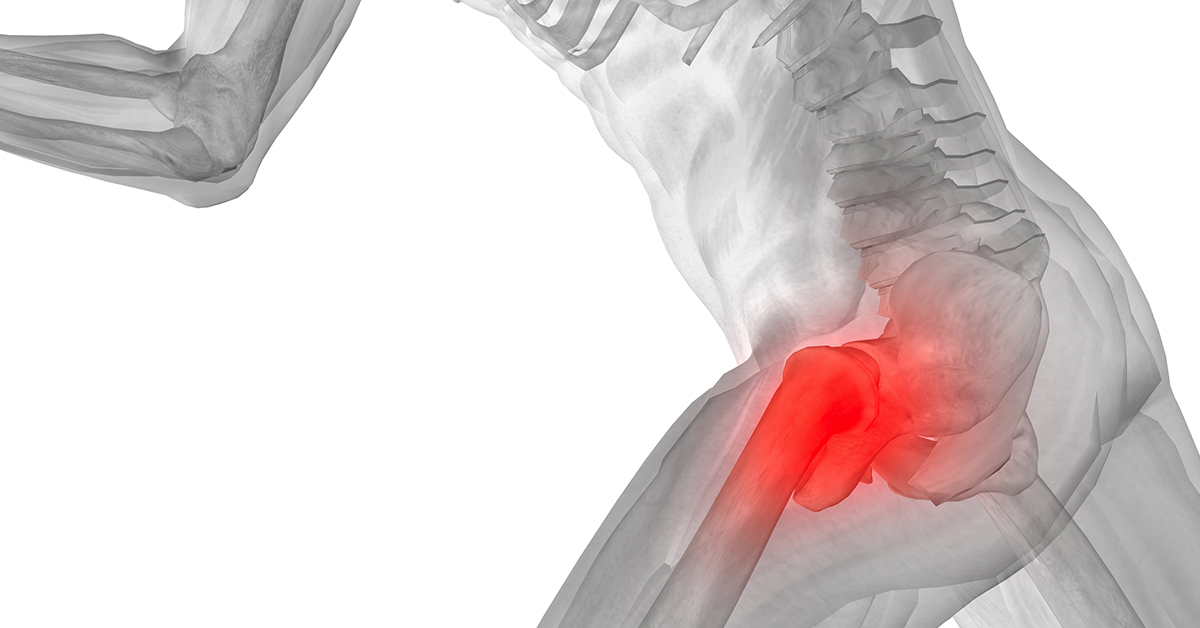
What is a Mini Total Hip Replacement?
The mini total hip replacement is just like an open total hip replacement but with the difference being the incision that is made over the hip joint is a lot smaller. It is typically performed in patients who have damaged hip joints as a result of osteoarthritis or osteoporosis induced fractures, and whose condition lends itself to a smaller opening.
The main advantage of a mini total hip replacement is that the patient recovery is a lot faster than the in-hospital duration of stay is shorter. The amount of blood lost during the surgery is also less than the requirement for walking aids after is also significantly lower than a standard hip replacement.
How is the Procedure Performed?
After consent is obtained and general anesthetic is administered, the skin over the affected hip is cleaned with antiseptic solution and covered in sterile drapes. A small incision is made in the skin and specialized tools are inserted to create a path to access the hip joint.
The first step in a mini total hip replacement is to replace the socket in the pelvic bone with a metallic socket that is fixed in place using screws if required. Once this has been done, the head of the femur bone that is diseased is removed. A small canal is created within the neck and body of the femur through which a metallic stem is inserted. At the free end of this metallic stem is attached a metallic ball that sits within the socket. This creates the normal ball and socket joint that is the hip joint.
After the procedure, the instruments are removed and the incision is sutured close. A sterile bandage is applied and the patient is observed for a few days in hospital before discharge.
After the Procedure
Following the procedure, the patient may require a period of rehabilitation that lasts over 4 to 6 weeks before they get back their normal daily activities.
Benefits
As mentioned above, the main benefits of mini total hip replacements include less blood loss during surgery, shorter stays in hospital and better recovery times. The incision is also cosmetically pleasant. Patients only take a few weeks to return to the normal quality of life.
Risks
The risks of surgery are rare and can include bleeding and bruising, allergic reactions to general anesthetic and infection of the hip joint. Any untoward complications can be fairly easily treated.


